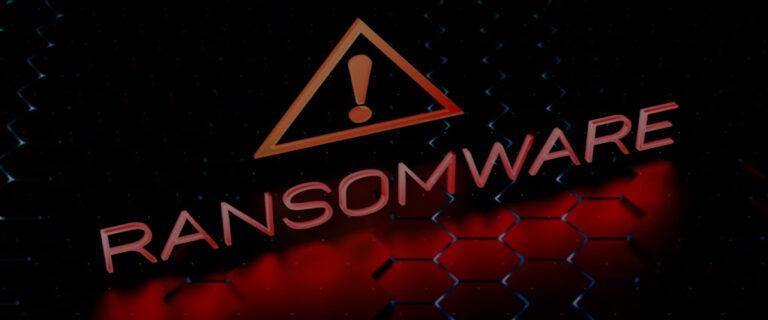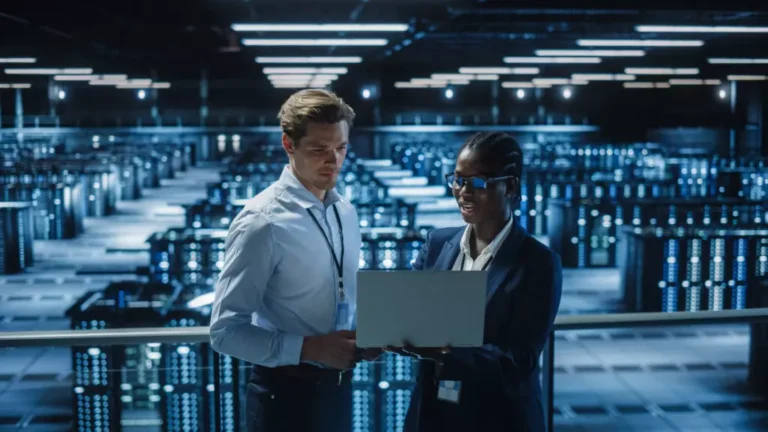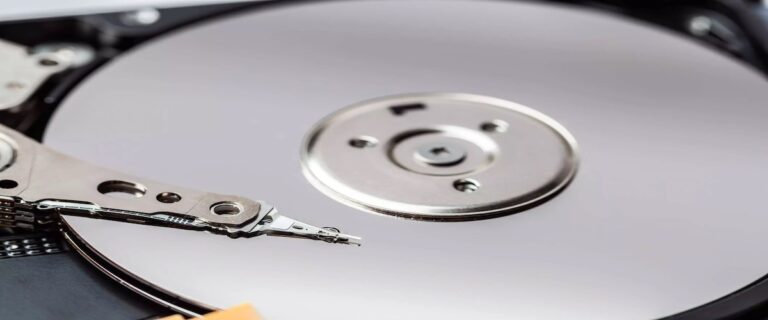IT professionals looking to reduce backup infrastructure costs are looking into backing up to 18TB hard disk drives. Since introducing 20TB hard disk drives, 18TB drives now own the price per TB advantage versus other hard drive densities, making them a compelling choice to use in backup storage targets.
IT has to make sure, however, that its efforts to save money don’t hinder the number one responsibility of the backup process, fast recoveries. Fast recoveries are more than just the performance of the underlying backup storage media. The solution needs to support modern backup server software’s rapid data transfer capabilities. Backup storage targets need to maintain a high ingest rate even if they experience a drive or controller failure.
The Problems Backing up to 18TB Hard Disk Drives
Today’s major hard disk manufacturers deliver hard drives of 16TB, 18TB, and 20TB, with 32TB hard disk drives on the horizon. However, many legacy backup storage vendors only allow their customers to use 8TB drives, a density introduced almost seven years ago, even though 18TB drives are only about $100 more per drive.
There are two primary reasons these legacy vendors force customers to use such old technology and pay so much extra per TB. First, these systems need many spinning drives to deliver any reasonable level of performance. Using 18TB drives means cutting the required hard disk drives in half, dramatically impacting the performance of legacy systems. Second, legacy backup targets using 8TB drives require three days to recover from a failed drive (RAID rebuild). During the multi-day drive recovery process, IT must choose between slowing backups down so the rebuild can happen faster or slowing the drive rebuild process, which maintains good backup performance but risks losing the entire backup dataset to an additional drive failure.
Is All-Flash Backup an Alternative?
There is a new breed of backup storage vendors promoting all-flash backup storage. While all-flash backup storage does improve backup ingest rates and is less likely to experience a multi-day drive rebuild, an all-flash system is flash-only. Despite what all-flash vendors say, the raw cost of flash media is about 10X the cost of hard disk media. That’s $3,500 per 16TB flash vs $350 for 16TB of HDD.
Deduplication isn’t a key differentiator for all-flash backup. If you are going to use it, deduplication is universally available on both hard disk drives and flash drives. Fast recovery from drive failure won’t be a key differentiator for long either. As flash drive densities increase, so will the time it takes to execute a RAID rebuild. We are already hearing reports of eight to twelve-hour recovery times.
Backing up to 18TB hard disk drives without compromise
The economics of 18TB or larger drives are compelling only if IT can adopt them without compromising the recovery effort. Achieving this balance requires three advancements in technology that are unique to StorONE. First, we rewrote and optimized the storage IO stack, which means we can move data through our infrastructure as fast as possible. Second, we rewrote erasure coding from the ground up so that volumes built from 18TB hard disk drives can recover from a drive failure within three hours instead of three days. Third, we rewrote auto-tiering to deliver consistent performance, even with high-ingest workloads like backup storage.
The rewrite of auto-tiering enables IT to use a low-drive-count but high-performance flash tier and the granular backup capabilities of modern backup software to receive dozens if not hundreds of simultaneous backup jobs continuously throughout the day. This frequent capture of production data means IT can deliver the best recovery point objective (RPO) possible. The rewrite and optimization of the IO stack allow StorONE’s S1:Backup to deliver 300K IOPS+ from just a handful of flash drives, keeping costs low.
The auto-tiering capabilities then predictively and proactively move older backup jobs to a large hard disk tier, made up of 18TB or greater hard disk drives. S1:Backup does not wait for the flash tier to fill up. It is constantly looking for opportunities to move older data from the flash tier so that there is always room for the next inbound backup job. The result is cost savings and consistent performance.
Backing up to 18TB hard disk drives during a rebuild
The final challenge is recovering from a failure of one of these 18TB drives. StorONE’s rewrite of erasure coding, combined with its rewrite of the IO stack, enables us to deliver sub-three-hour drive recoveries. Recovering from a failed drive requires three key steps. First, the process needs to read all the drives to collect the parity bits associated with the failed drive. Second, the process needs to run a complex mathematical parity calculation to determine what data is now missing due to the drive failure. And third, it needs to write the data on the failed drive to the remaining drives. Our development investment enables us to complete that process faster than any other vendor on the market, as seen in this video.
While the record-setting three-hour rebuild is occurring, backups continue at full performance because they land on the flash tier first, so there is no interruption to the backup process. If there is a flash drive failure, those drive recoveries happen within minutes.
Fast Recoveries with 18TB hard disk drives
S1:Backup efficiently uses 18TB hard disk drives within the backup storage target thanks to StorONE’s three unique development efforts, rewriting the IO stack, erasure coding, and tiering. The small flash-tier speed ingests enable the best possible RPO. These three outstanding development efforts also help deliver the best possible recovery time objective (RTO).
Most modern backup solutions now have a recovery-in-place (instant recovery) feature that instantiates a virtual machine’s or an application’s data directly on the backup appliance. There is usually a significant performance delta between the backup storage target and production storage. With StorONE, instantiation occurs automatically on the flash tier, delivering a production-class performance experience.
Thinking Results
The result for our customers is the best possible RPO/RTO while reducing backup storage costs by 50% or more. The use of these high-density drives also means that the S1:Backup solution consumes about 1/3 the rack space of competing solutions, consumes far fewer network ports, and reduces power consumption.
There will come a time when 20TB drives have the price-performance advantage over 18TB HDDs, probably when 22TB or 26TB drives come to market. With StorONE’s technology, you can mix in the next generation of HDDs and use them to their total capacity on the existing volumes, eliminating migrations and storage refreshes.
To learn more about reducing backup storage costs, watch our live webinar “TechTalk – Four Myths that Increase Backup Storage Costs”



